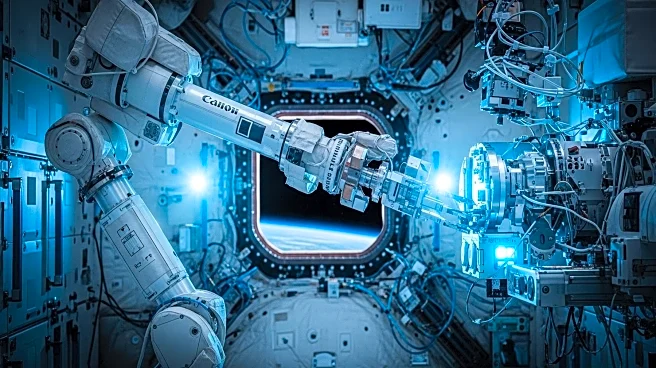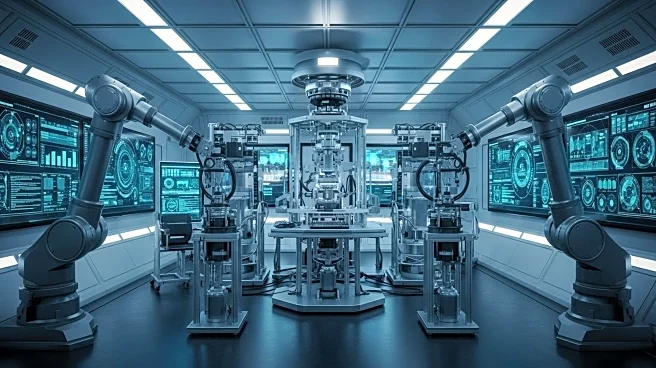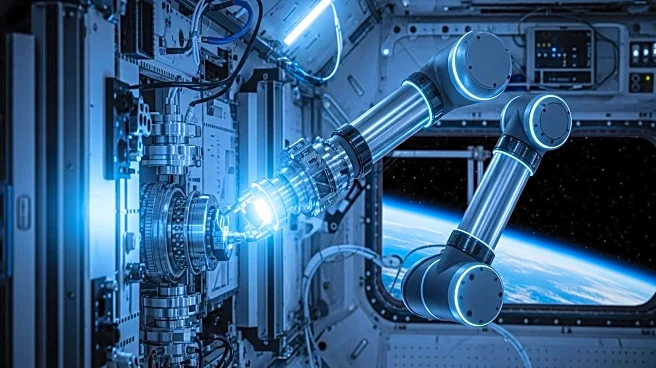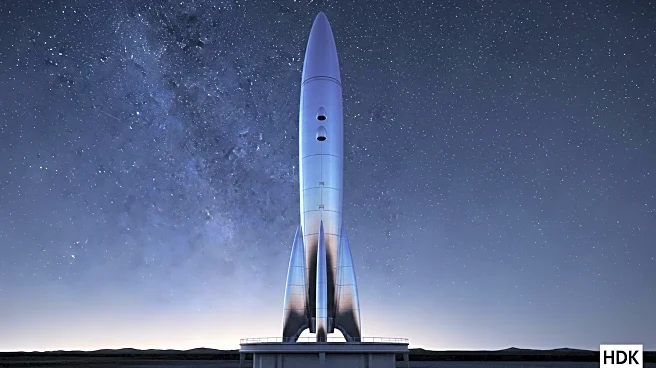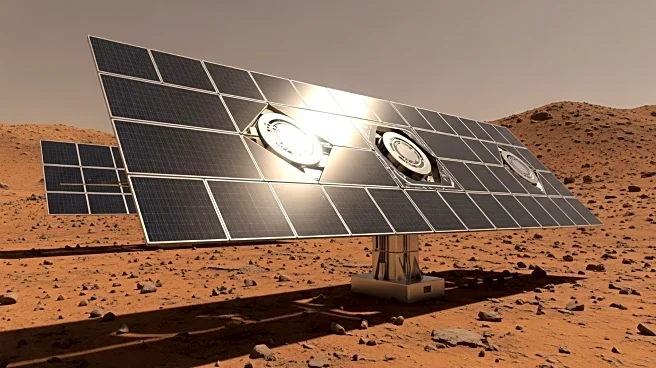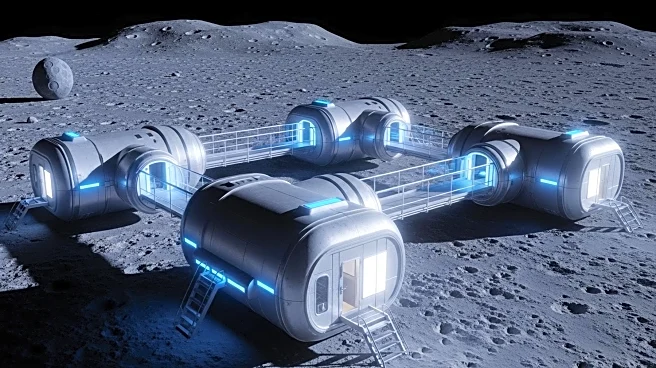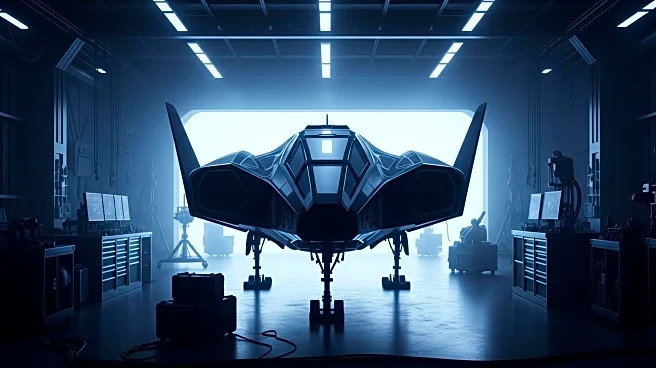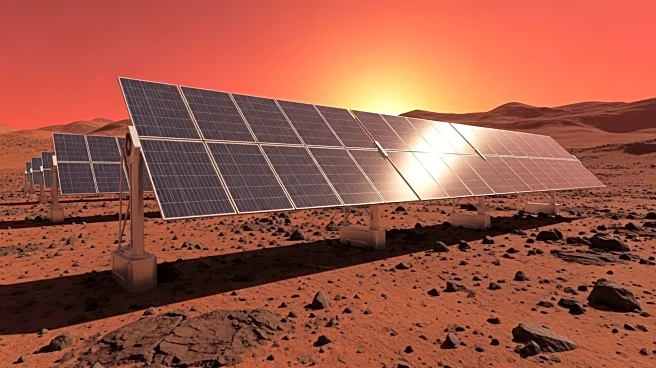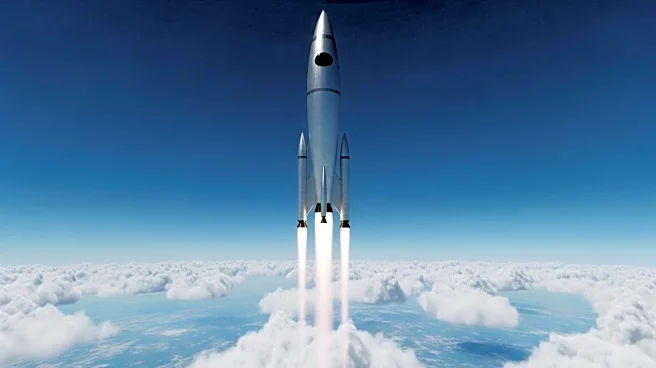What's Happening?
The Artemis II crew, consisting of Commander Reid Wiseman, Pilot Victor Glover, and Mission Specialists Christina Koch and Jeremy Hansen, is gearing up for their mission to the Moon. The crew recently participated in a multi-day training session, donning their Orion Crew Survival System Suits. The mission will involve a Trans-lunar injection (TLI) burn, which is crucial for sending the spacecraft to the Moon. The launch sequence is highly automated, but Wiseman and Glover will monitor systems closely, ready to intervene if necessary. The crew will experience intense physical forces during liftoff, with the rocket reaching speeds of 3,100 mph and an altitude of 30 miles within minutes. Once in orbit, Koch and Hansen will immediately begin setting up life support systems, a task critical for the mission's success.
Why It's Important?
The Artemis II mission marks a significant step in NASA's efforts to return humans to the Moon, a goal that has implications for scientific research, international collaboration, and technological advancement. The mission's success could pave the way for future lunar exploration and potential Mars missions. The involvement of Canadian astronaut Jeremy Hansen highlights international cooperation in space exploration. The mission also tests new technologies and systems that are vital for long-duration space travel, potentially influencing future spacecraft design and operations.
What's Next?
Following the successful launch and initial operations, the Artemis II crew will continue their journey towards the Moon. They will conduct various tests and maneuvers to ensure the spacecraft's systems are functioning correctly. The mission's progress will be closely monitored by NASA managers, who will make critical decisions regarding the spacecraft's trajectory and operations. The crew's experiences and feedback will be invaluable for planning subsequent Artemis missions, including the eventual landing on the lunar surface.
Beyond the Headlines
The Artemis II mission not only advances space exploration but also serves as a platform for international collaboration and technological innovation. The mission's success could inspire future generations to pursue careers in STEM fields, contributing to a growing workforce in space-related industries. Additionally, the mission's focus on life support systems and crew safety underscores the importance of human factors in space travel, which could lead to improvements in astronaut health and safety protocols.

